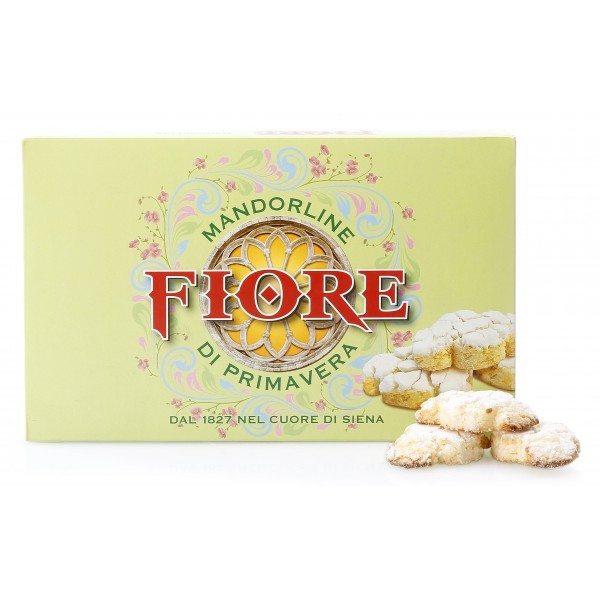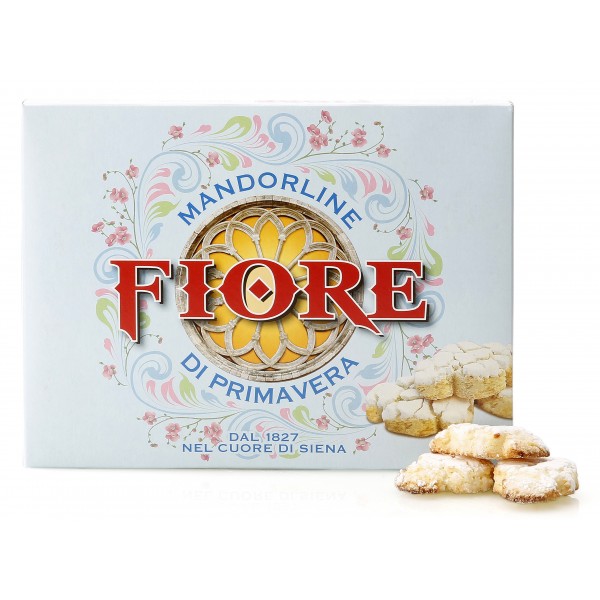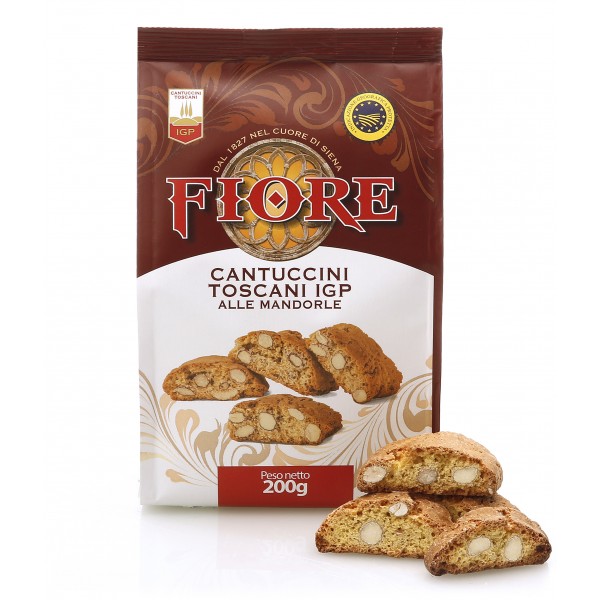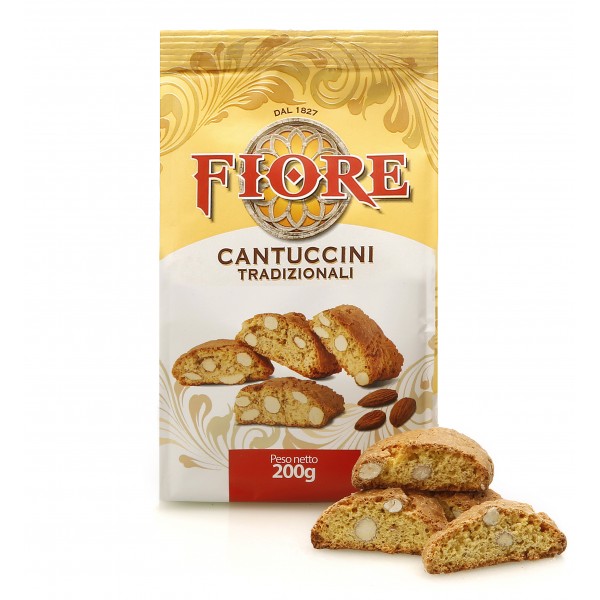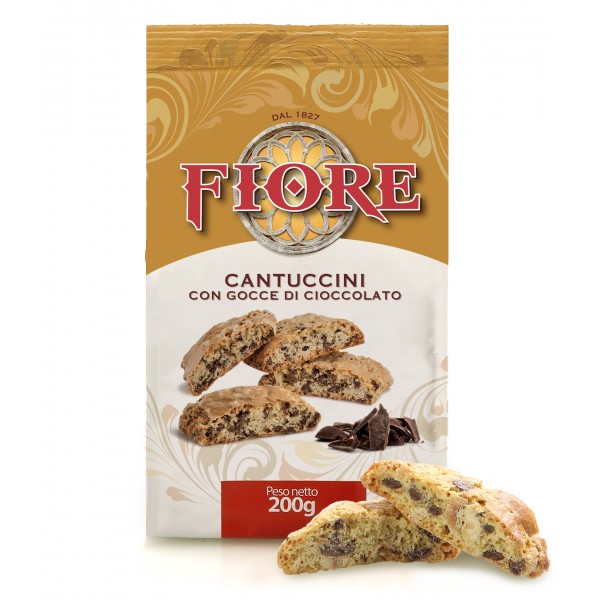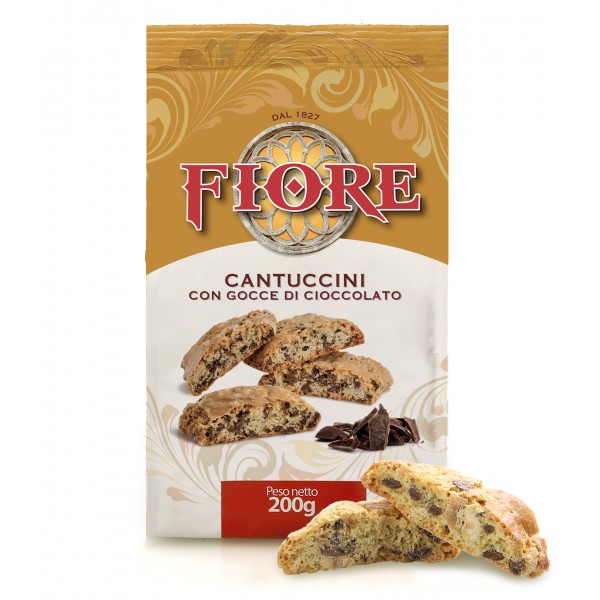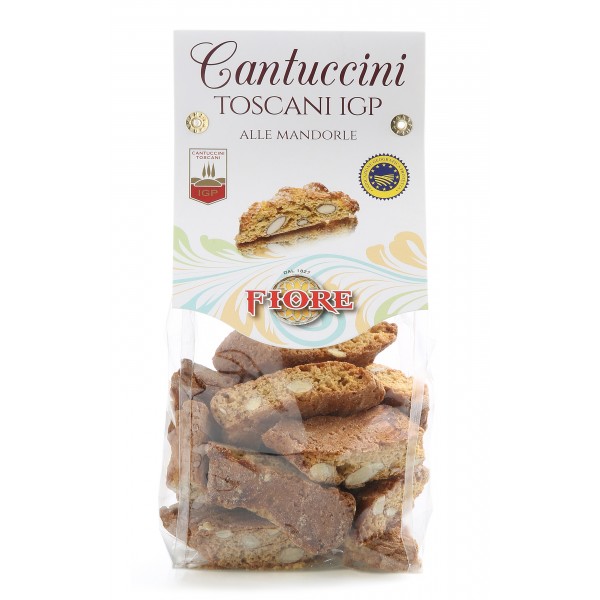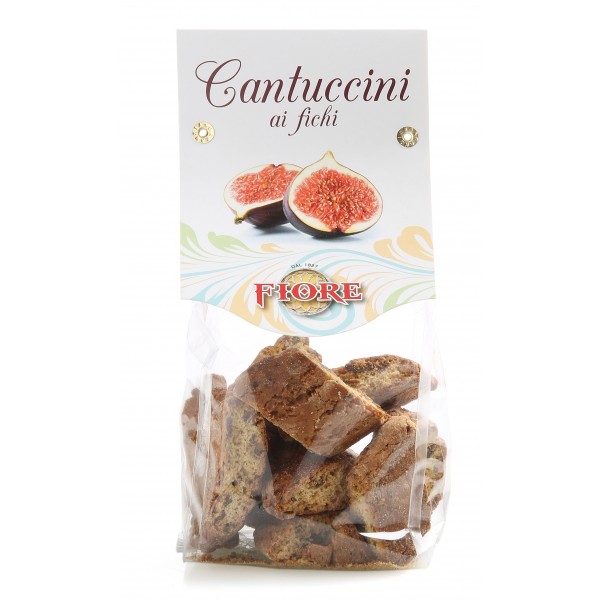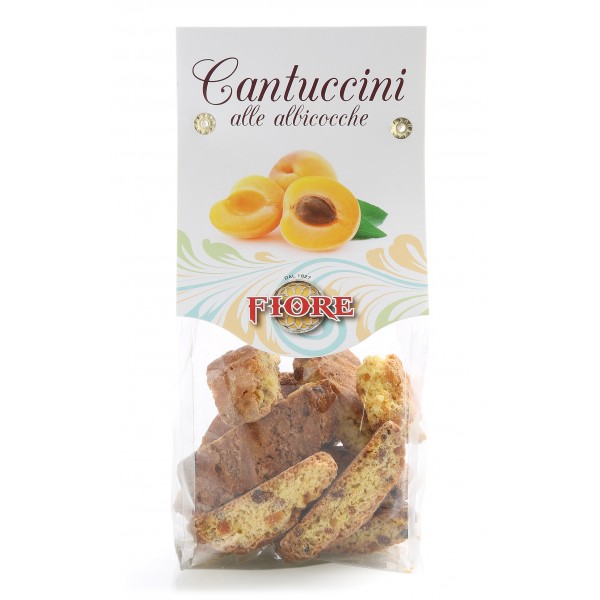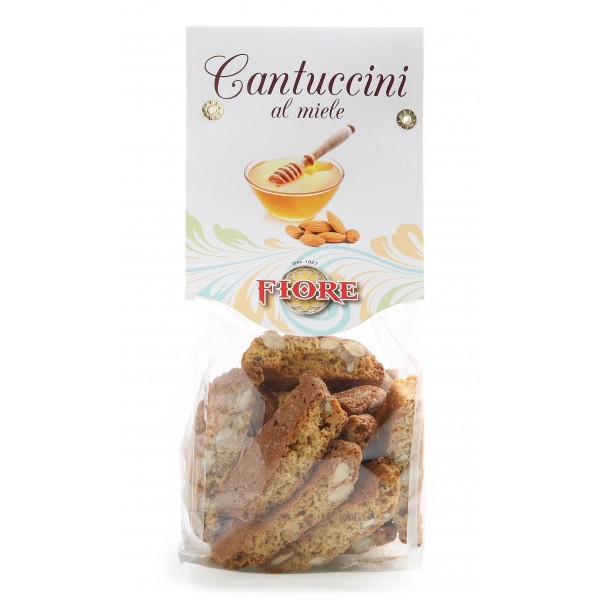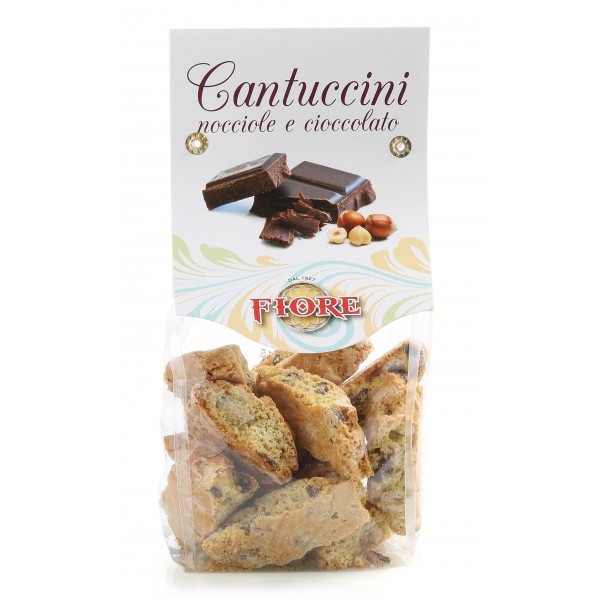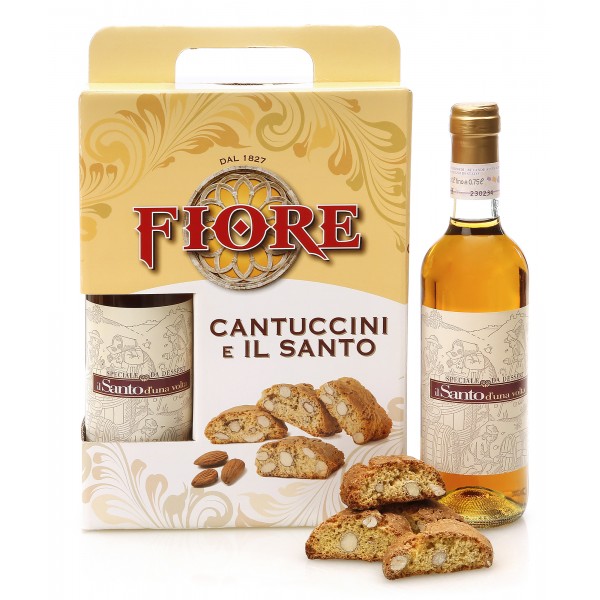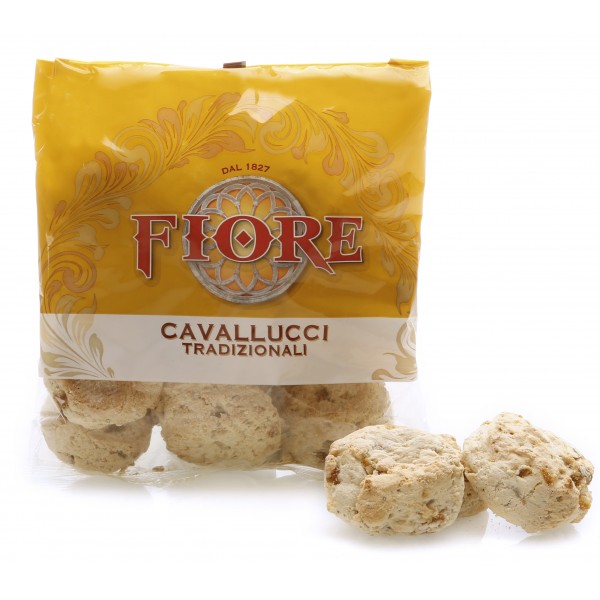No products
Categories
- Fashion Accessories
- Clothing
- Beauty & Lifestyle
-
Hi-Tech & Lifestyle
- Gaming
-
Case
- iPhone 11 Pro
- iPhone 11 Pro Max
- iPhone 11
- iPhone X / XS
- iPhone XS Max
- Samsung S10 / S10+ / S10e
- Huawei P30 / P30 Pro / P30 Lite
- Huawei P20 / P20 Pro / P20 Lite
- iPhone XR
- Samsung S9
- Samsung S9+
- iPhone 8 / 7
- iPhone 8 Plus / 7 Plus
- Samsung S8
- Samsung S8+
- Samsung S7
- Samsung S7 Edge
- iPhone 6 / 6 s
- iPhone 6 Plus / 6 s Plus
- iPhone 5 / SE
- Skin
- Audio
- Smart Home
- Drones & Hoverboard
- Photo & Video
- Desk Supplies
- Accessories
- Games
- Beverages
- Food
- Home
- Jewelry
- Luxury
- Travel
- Art
- Footwear
- Vintage Fashion
- Restaurants
- Sport
- Animals
- Gift Ideas
- Kidswear
Extra
Fiore - Panforte of Siena since 1827
Since 1827 in The Heart of Siena
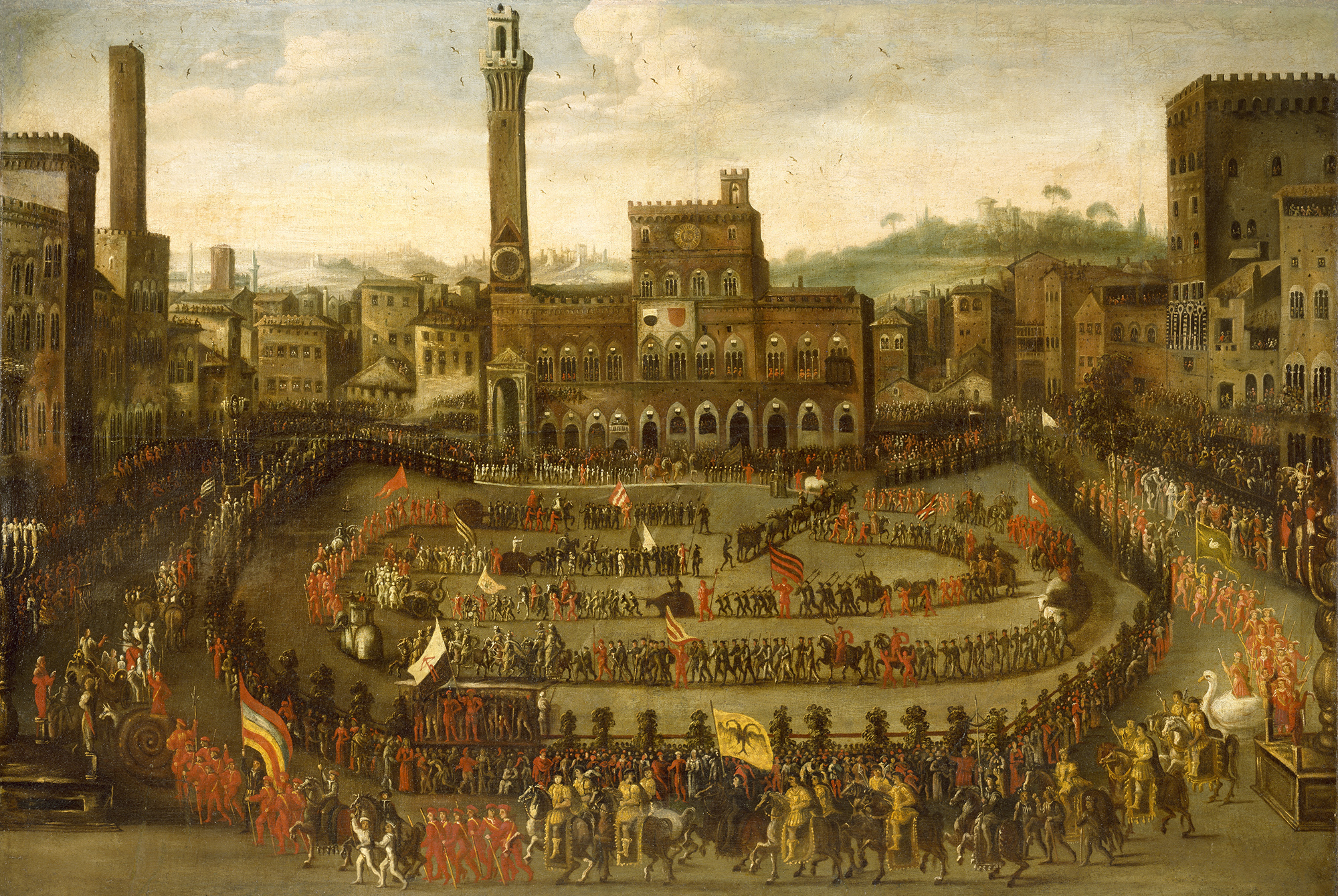
The history of this company is linked to an ancient knowledge, that of Siena's spices. A knowledge that since the thirteenth century has been handed down in the monasteries and Sienese abbeys and that has found its propulsive fulcrum in the "Santa Maria della Scala", the medieval hospital of Siena that inside it had the "College of the Medici" and one of the main spice shops organized in the city. The first processing of Panforte took place right in the back room of these ancient spice shops as they provided for the use of expensive spices in the dough.
Presentation Fiore - Panforte of Siena since 1827
-
Fiore - Panforte of Siena since 1827 - Glazed Ricciarelli of Siena with Cocoa...
Glazed Ricciarelli of Siena with Cocoa made according to the ancient Sienese traditions. In '400 the Florentine priest Arlotto Mainardi, better known as Piovano Arlotto, listing the "talents" of some Italian cities wrote: "in Milan you can make many haberdasheries and armadours, and in Florence the good drapes, in Bologna the sausages, and in Siena the...
50,05 € -
Fiore - Panforte of Siena since 1827 - Mandorline of Spring of Siena - Pastry...
Mandorline of Spring of Siena made according to the ancient Sienese traditions. In '400 the Florentine priest Arlotto Mainardi, better known as Piovano Arlotto, listing the "talents" of some Italian cities wrote: "in Milan you can make many haberdasheries and armadours, and in Florence the good drapes, in Bologna the sausages, and in Siena the marzapani...
9,99 €Sold Out - Not Available -
Fiore - Panforte of Siena since 1827 - Mandorline of Spring of Siena - Pastry...
Mandorline of Spring of Siena made according to the ancient Sienese traditions. In '400 the Florentine priest Arlotto Mainardi, better known as Piovano Arlotto, listing the "talents" of some Italian cities wrote: "in Milan you can make many haberdasheries and armadours, and in Florence the good drapes, in Bologna the sausages, and in Siena the marzapani...
9,99 €Sold Out - Not Available -
Fiore - Panforte of Siena since 1827 - Mandorline of Spring of Siena - Pastry...
Mandorline of Spring of Siena made according to the ancient Sienese traditions. In '400 the Florentine priest Arlotto Mainardi, better known as Piovano Arlotto, listing the "talents" of some Italian cities wrote: "in Milan you can make many haberdasheries and armadours, and in Florence the good drapes, in Bologna the sausages, and in Siena the marzapani...
9,99 €Sold Out - Not Available -
Fiore - Panforte of Siena since 1827 - Mandorline of Spring of Siena with...
Mandorline of Spring of Siena made according to the ancient Sienese traditions. In '400 the Florentine priest Arlotto Mainardi, better known as Piovano Arlotto, listing the "talents" of some Italian cities wrote: "in Milan you can make many haberdasheries and armadours, and in Florence the good drapes, in Bologna the sausages, and in Siena the marzapani...
9,99 €Sold Out - Not Available -
Fiore - Panforte of Siena since 1827 - Cantuccini Toscani I.G.P. with Almonds...
Cantuccini Toscani I.G.P. with Almonds made according to the ancient Sienese traditions. From the second half of the 1500s, present on the table of the doctors' court. They have their roots in the 16th century and the name seems to derive from "canto", part of a whole or from "cantellus", in Latin "piece or slice of bread", a salted biscuit consumed by...
2,79 € -
Fiore - Panforte of Siena since 1827 - Traditional Tuscany Cantuccini with...
Traditional Tuscany Cantuccini with Almonds made according to the ancient Sienese traditions. From the second half of the 1500s, present on the table of the doctors' court. They have their roots in the 16th century and the name seems to derive from "canto", part of a whole or from "cantellus", in Latin "piece or slice of bread", a salted biscuit consumed...
1,24 €Sold Out - Not Available -
Fiore - Panforte of Siena since 1827 - Traditional Tuscany Cantuccini with...
Traditional Tuscany Cantuccini with Almonds made according to the ancient Sienese traditions. From the second half of the 1500s, present on the table of the doctors' court. They have their roots in the 16th century and the name seems to derive from "canto", part of a whole or from "cantellus", in Latin "piece or slice of bread", a salted biscuit consumed...
2,37 € -
Fiore - Panforte of Siena since 1827 - Traditional Tuscany Cantuccini with...
Traditional Tuscany Cantuccini with Almonds made according to the ancient Sienese traditions. From the second half of the 1500s, present on the table of the doctors' court. They have their roots in the 16th century and the name seems to derive from "canto", part of a whole or from "cantellus", in Latin "piece or slice of bread", a salted biscuit consumed...
3,99 € -
Fiore - Panforte of Siena since 1827 - Tuscany Cantuccini with Chocolate...
Tuscany Cantuccini with Chocolate Drops made according to the ancient Sienese traditions. From the second half of the 1500s, present on the table of the doctors' court. They have their roots in the 16th century and the name seems to derive from "canto", part of a whole or from "cantellus", in Latin "piece or slice of bread", a salted biscuit consumed by...
1,24 €Sold Out - Not Available -
Fiore - Panforte of Siena since 1827 - Tuscany Cantuccini with Chocolate...
Tuscany Cantuccini with Chocolate Drops made according to the ancient Sienese traditions. From the second half of the 1500s, present on the table of the doctors' court. They have their roots in the 16th century and the name seems to derive from "canto", part of a whole or from "cantellus", in Latin "piece or slice of bread", a salted biscuit consumed by...
2,20 € -
Fiore - Panforte of Siena since 1827 - Cantuccini Toscani I.G.P. with Almonds...
Cantuccini Toscani I.G.P. with Almonds made according to the ancient Sienese traditions. From the second half of the 1500s, present on the table of the doctors' court. They have their roots in the 16th century and the name seems to derive from "canto", part of a whole or from "cantellus", in Latin "piece or slice of bread", a salted biscuit consumed by...
4,29 € -
Fiore - Panforte of Siena since 1827 - Traditional Tuscany Cantuccini with...
Traditional Tuscany Cantuccini with Almonds made according to the ancient Sienese traditions. From the second half of the 1500s, present on the table of the doctors' court. They have their roots in the 16th century and the name seems to derive from "canto", part of a whole or from "cantellus", in Latin "piece or slice of bread", a salted biscuit consumed...
4,13 € -
Fiore - Panforte of Siena since 1827 - Tuscany Cantuccini with Figs - Pastry...
Tuscany Cantuccini with Figs made according to the ancient Sienese traditions. From the second half of the 1500s, present on the table of the doctors' court. They have their roots in the 16th century and the name seems to derive from "canto", part of a whole or from "cantellus", in Latin "piece or slice of bread", a salted biscuit consumed by the Roman...
3,49 € -
Fiore - Panforte of Siena since 1827 - Cantuccini with Apricots - Pastry -...
Cantuccini with Apricots made according to the ancient Sienese traditions. From the second half of the 1500s, present on the table of the doctors' court. They have their roots in the 16th century and the name seems to derive from "canto", part of a whole or from "cantellus", in Latin "piece or slice of bread", a salted biscuit consumed by the Roman soldiers.
3,49 € -
Fiore - Panforte of Siena since 1827 - Tuscany Cantuccini with Honey - Pastry...
Tuscany Cantuccini with Honey made according to the ancient Sienese traditions. From the second half of the 1500s, present on the table of the doctors' court. They have their roots in the 16th century and the name seems to derive from "canto", part of a whole or from "cantellus", in Latin "piece or slice of bread", a salted biscuit consumed by the Roman...
4,00 € -
Fiore - Panforte of Siena since 1827 - Tuscany Cantuccini with Hazelnuts and...
Tuscany Cantuccini with Hazelnuts and Chocolate made according to the ancient Sienese traditions. From the second half of the 1500s, present on the table of the doctors' court. They have their roots in the 16th century and the name seems to derive from "canto", part of a whole or from "cantellus", in Latin "piece or slice of bread", a salted biscuit...
4,00 € -
Fiore - Panforte of Siena since 1827 - Traditional Tuscany Cantuccini with Il...
Traditional Tuscany Cantuccini with Il Santo made according to the ancient Sienese traditions. From the second half of the 1500s, present on the table of the doctors' court. They have their roots in the 16th century and the name seems to derive from "canto", part of a whole or from "cantellus", in Latin "piece or slice of bread", a salted biscuit consumed...
12,16 € -
Fiore - Panforte of Siena since 1827 - Traditional Tuscany Cantuccini with...
Traditional Tuscany Cantuccini with Almonds made according to the ancient Sienese traditions. From the second half of the 1500s, present on the table of the doctors' court. They have their roots in the 16th century and the name seems to derive from "canto", part of a whole or from "cantellus", in Latin "piece or slice of bread", a salted biscuit consumed...
23,31 € -
Fiore - Panforte of Siena since 1827 - Tuscany Cavallucci Fiornoce - Pastry -...
Tuscany Cavallucci Fiornoce made according to the ancient Sienese traditions. In the 1600s they were bought at the horses' post stations. Cookies of flour, honey and sugar, with a shape similar to a crushed apricot. Having a long conservation, they were excellent as travel and refreshment biscuits.
4,22 € -
Fiore - Panforte of Siena since 1827 - Traditional Tuscany Cavallucci -...
Traditional Tuscany Cavallucci made according to the ancient Sienese traditions. In the 1600s they were bought at the horses' post stations. Cookies of flour, honey and sugar, with a shape similar to a crushed apricot. Having a long conservation, they were excellent as travel and refreshment biscuits.
3,72 €




